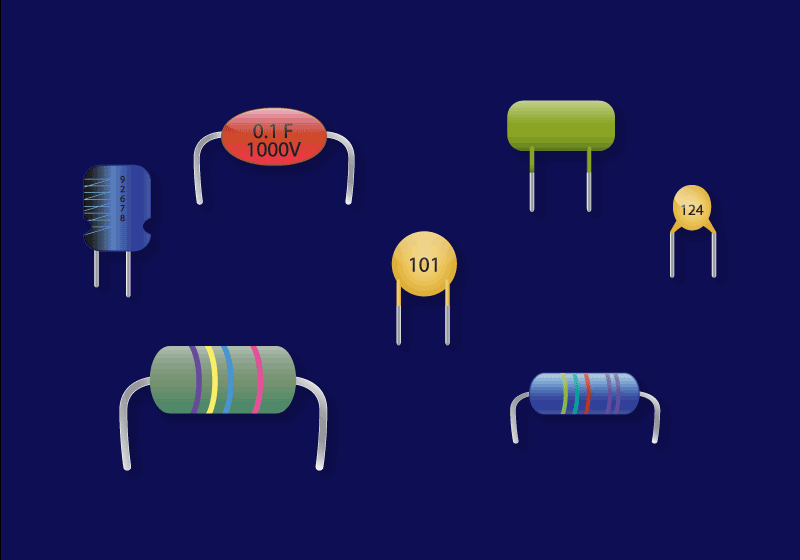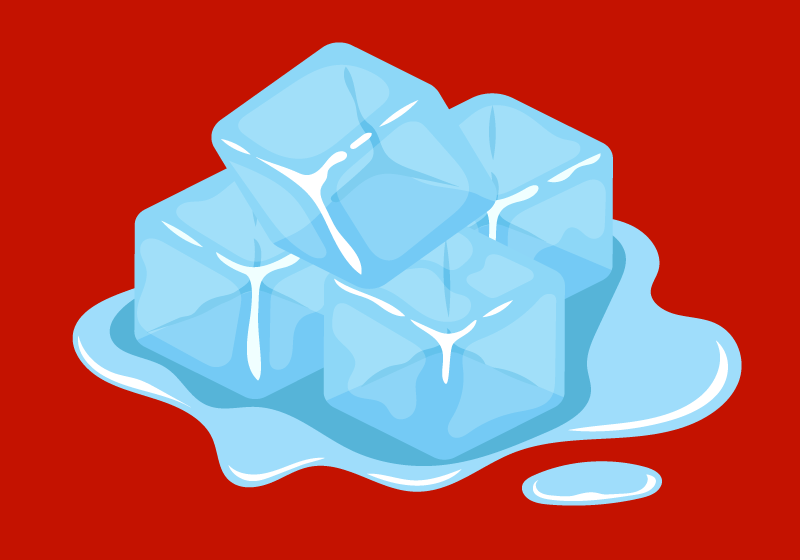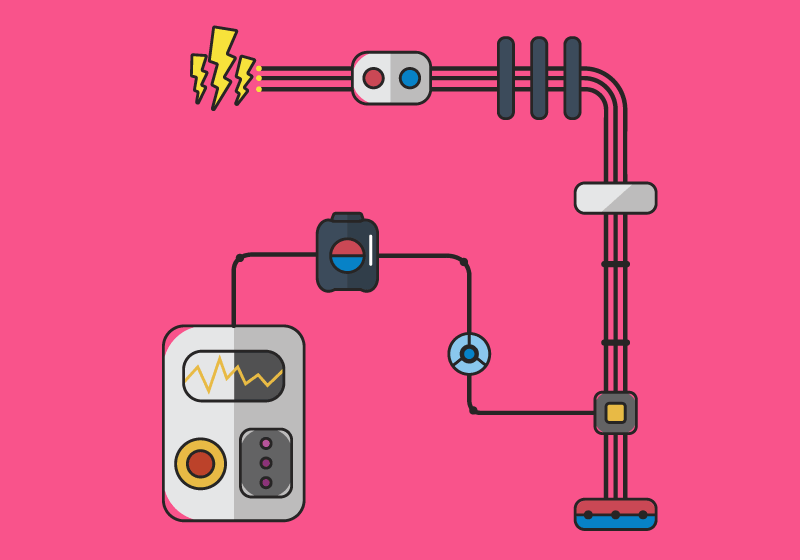Resistance
Resistance is an electrical quantity that measures how a device or material reduces the electrical current flow through it.
What is Resistance?
Resistance is an electrical quantity that measures how the device or material reduces the electrical current flow through it. Resistance is measured in ohms (Ω).If we make a comparison of resistance to water flow in pipes, the resistance is greater when the pipe is thinner, so the water flow is decreased It slows down which also happens to the flow of electricity.
Resistance equation
To calculate Resistance we write the equation like this.
$V = { \mathit I \, \mathit R} $
Resistance demo
In this tutorial you will learn how to calculate the resistance in an electrical circuit.
Chilled practice question
Calculate the resistance of a bulb supplied with 8 V and a current flow of 2 A.
Frozen practice question
Calculate the current in a circuit which has a resistance of 16 Ω and a potential difference of 8 V.
Science in context
Resistance reduces the flow of electricity.
Millie’s Master Methods
Millie’s Magic Triangle
The ability to rearrange equations is the first step to successfully solve Physics calculations. Millie’s…
Calculation Master Method
Performing and mastering this routine will guarantee you maximum marks when solving Physics calculations. Calculation…
The Fridge Physics Store
Teacher Fast Feedback
Feedback to students in seconds – Voice to label thermal bluetooth technology…
Get Fridge Physics Merch
Why not buy a Fridge Physics baseball cap, woollen beanie, hoodie or polo shirt, all colours and sizes available. Free delivery to anywhere in the UK!…













